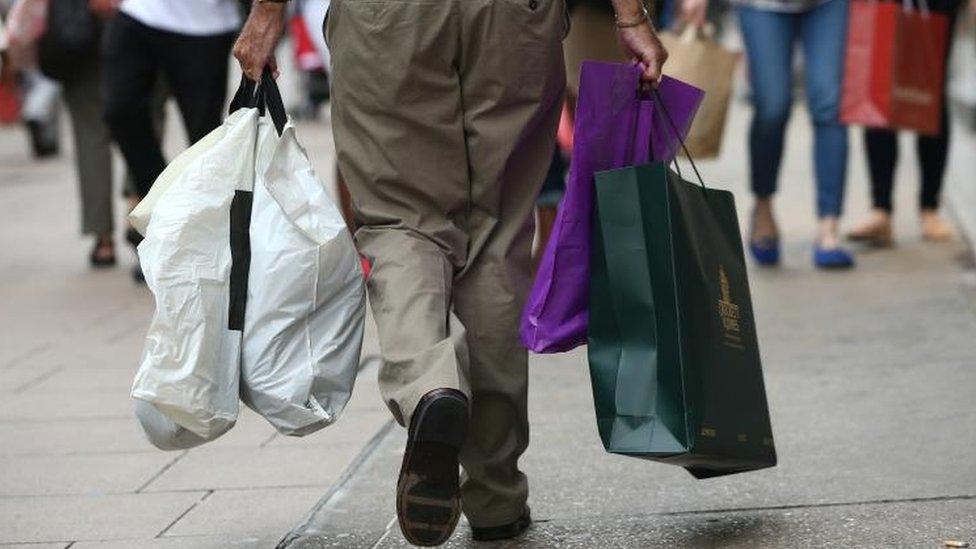Restaurant food sales soar as UK tastes change
- Published
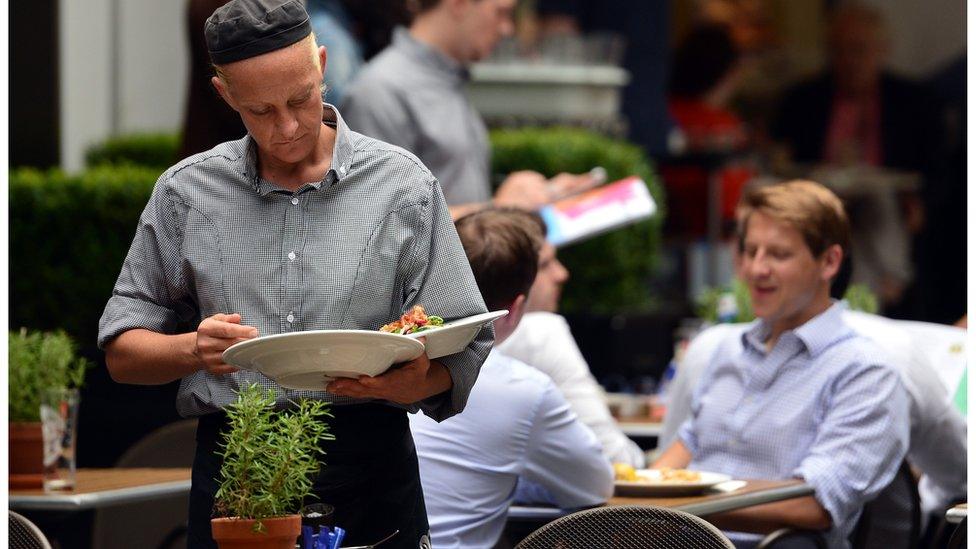
Tried to walk into a restaurant without a booking recently? Chances are you'll have been turned away after finding the place packed.
From fast-food to sit down restaurants, a survey tracking spending on cards shows we are spending more than ever on restaurant food.
Consumer spending across the board has remained relatively firm since the UK voted to leave the EU.
But the amount spent on dining is rising faster than other categories.
Cardlytics, which collects data about consumer spending, said spending in the July-to-September period showed a huge jump in amounts spent at all kinds of food outlets.
Fast and fancy
The Cardlytics Spending Index, based on the spending behaviour and shopping habits of more than 10 million bank customers, found spending in "quick service" restaurants leapt by 34.1% in the past year and restaurants (non fast-food) saw an 11.9% increase.
"We anticipated growth in spending on eating out, but the final numbers are on the high side of what we might have expected," said Duncan Smith, head of business development at Cardlytics UK.
The quick service sector comprises fast-food and other counter-service outlets, where food is just as likely to be eaten outside the venue as in it. It also covers the boom in restaurants using independent delivery services.
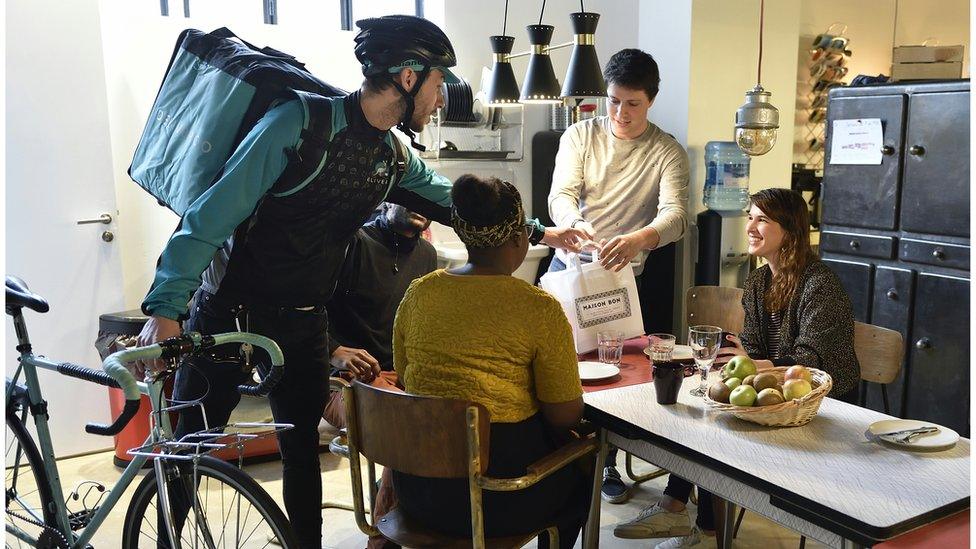
Delivery services such as Deliveroo are covered by the survey
Companies such as Just Eat, Deliveroo and Hello Fresh demonstrated the strongest performance in dining as a whole, with growth across overall spend, number of orders, as well as average transaction value.
The restaurant category covers casual dining right up to high-end, even Michelin-starred, restaurants.
Brands that performed particularly well included Five Guys, Harry Ramsdens and Wasabi.
There are a few possible explanations for the rise in spending. The warm weather in September no doubt contributed with people splashing out on meals to make the most of sitting in the sun.
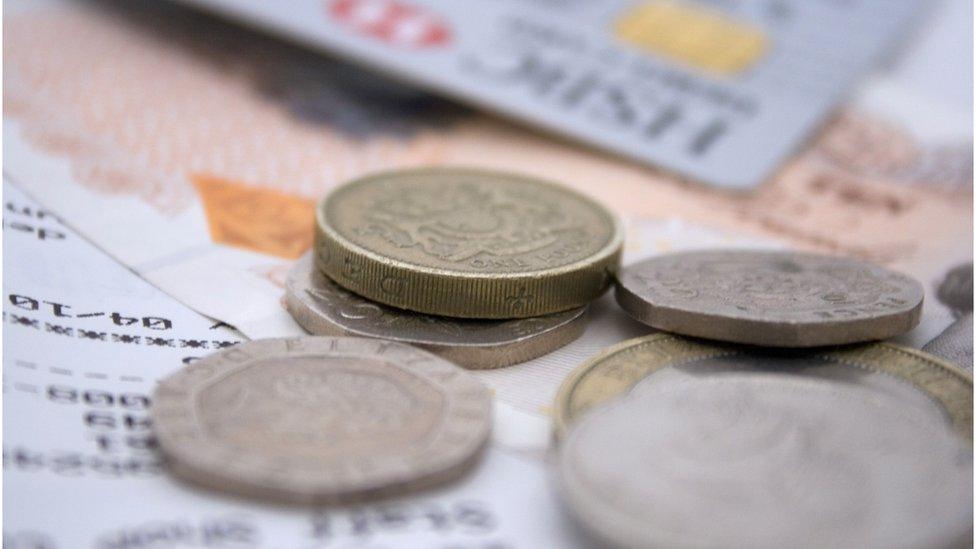
Cheaper supermarket prices means we have more money to treat ourselves
Another possible reason is the aggressive price war between supermarkets. This has pushed down food prices, leaving us more money with which to treat ourselves.
In addition, the increasing popularity of paying via contactless card could have influenced the figures.
"The average spend in QSR outlets is generally under £10," said Smith of Cardlytics. "It is possible that people previously paid for their meals in cash, but are now using contactless, meaning the transactions are captured by our data."
However, Natalie Berg, an analyst at Planet Retail, warns the phenomenon may only be temporary.
"Shoppers will tighten their belts when prices inevitably go up next year," she said.
"The prospect of even a marginal rise in food prices will dent consumer confidence and an actual rise will directly impact purchasing power. This is the post-Brexit reality."
- Published17 October 2016
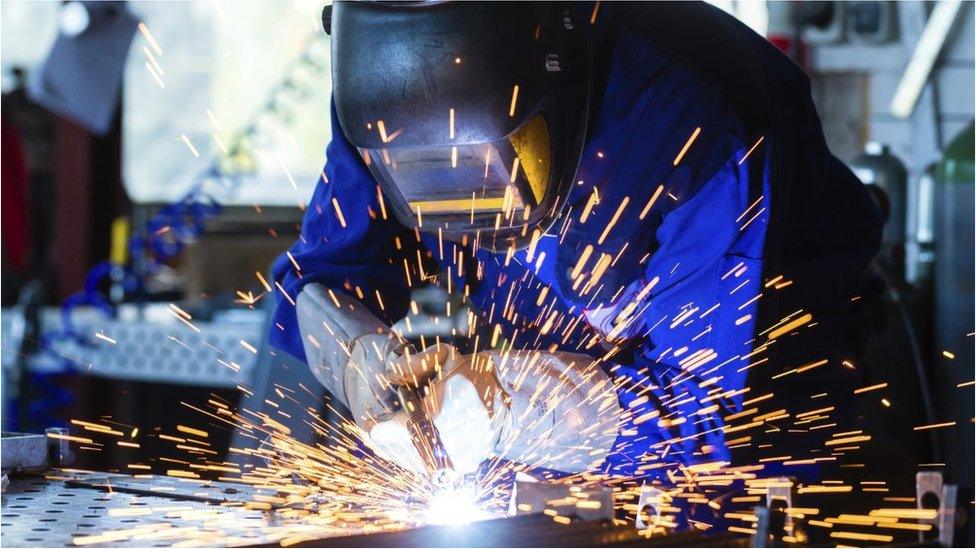
- Published30 September 2016
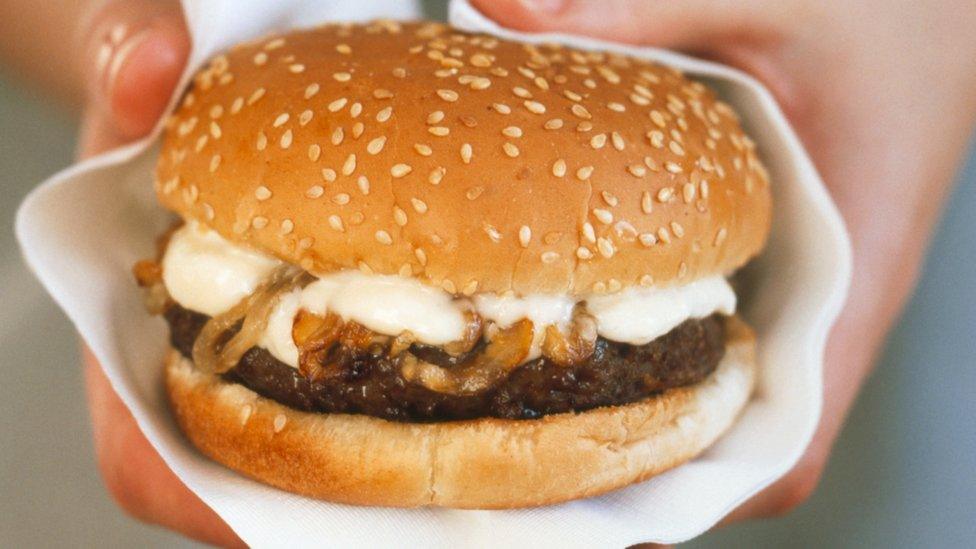
- Published26 August 2016
